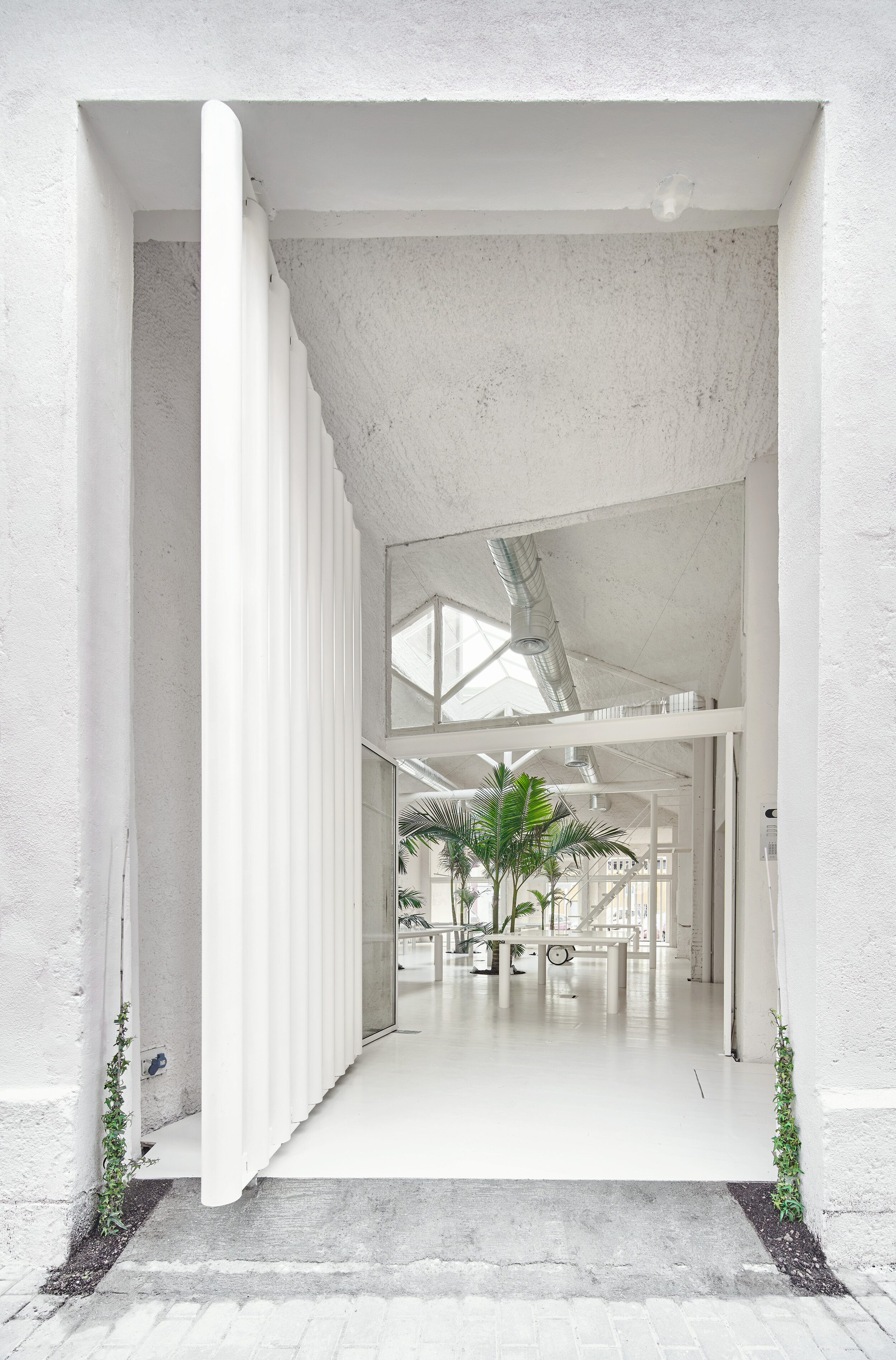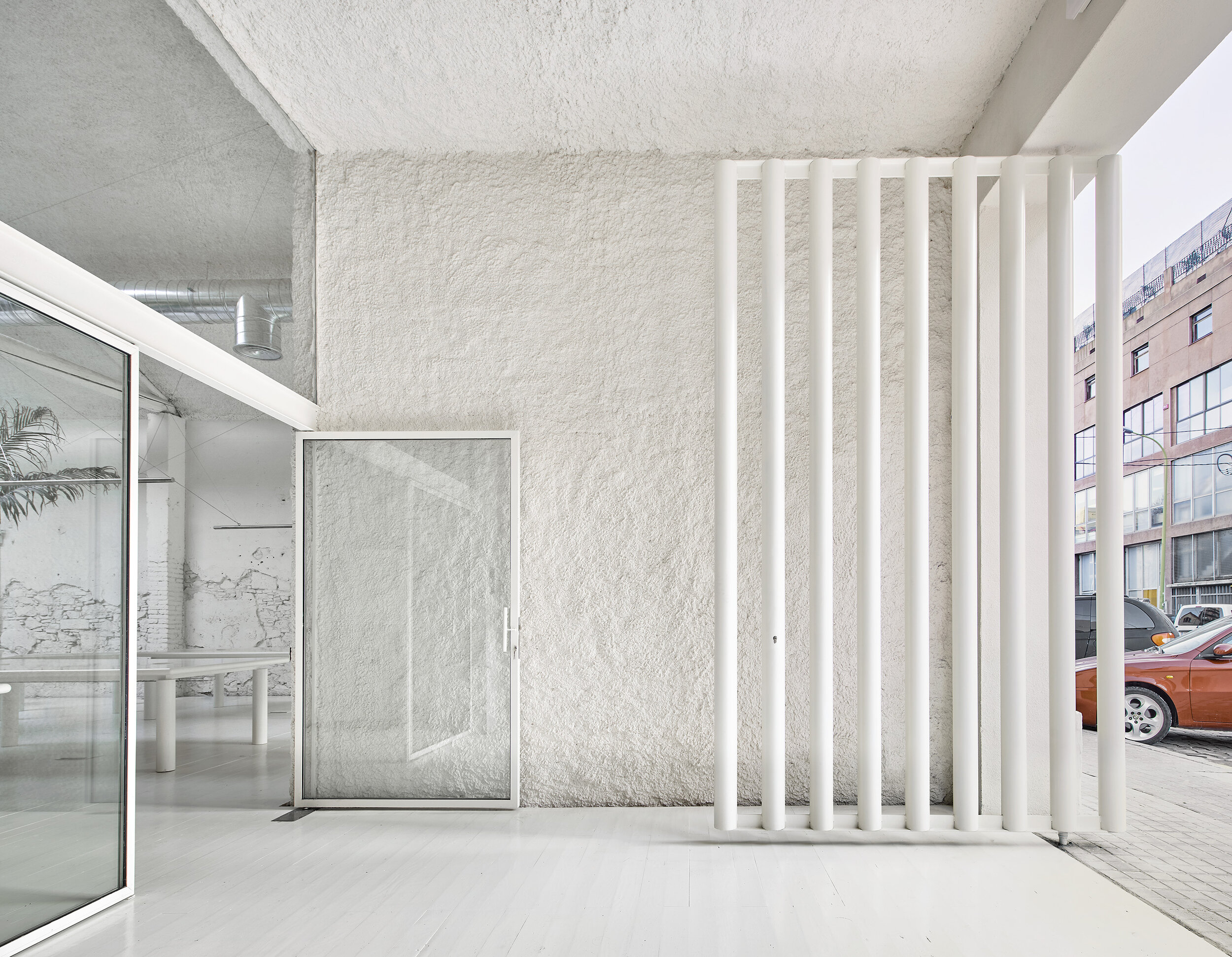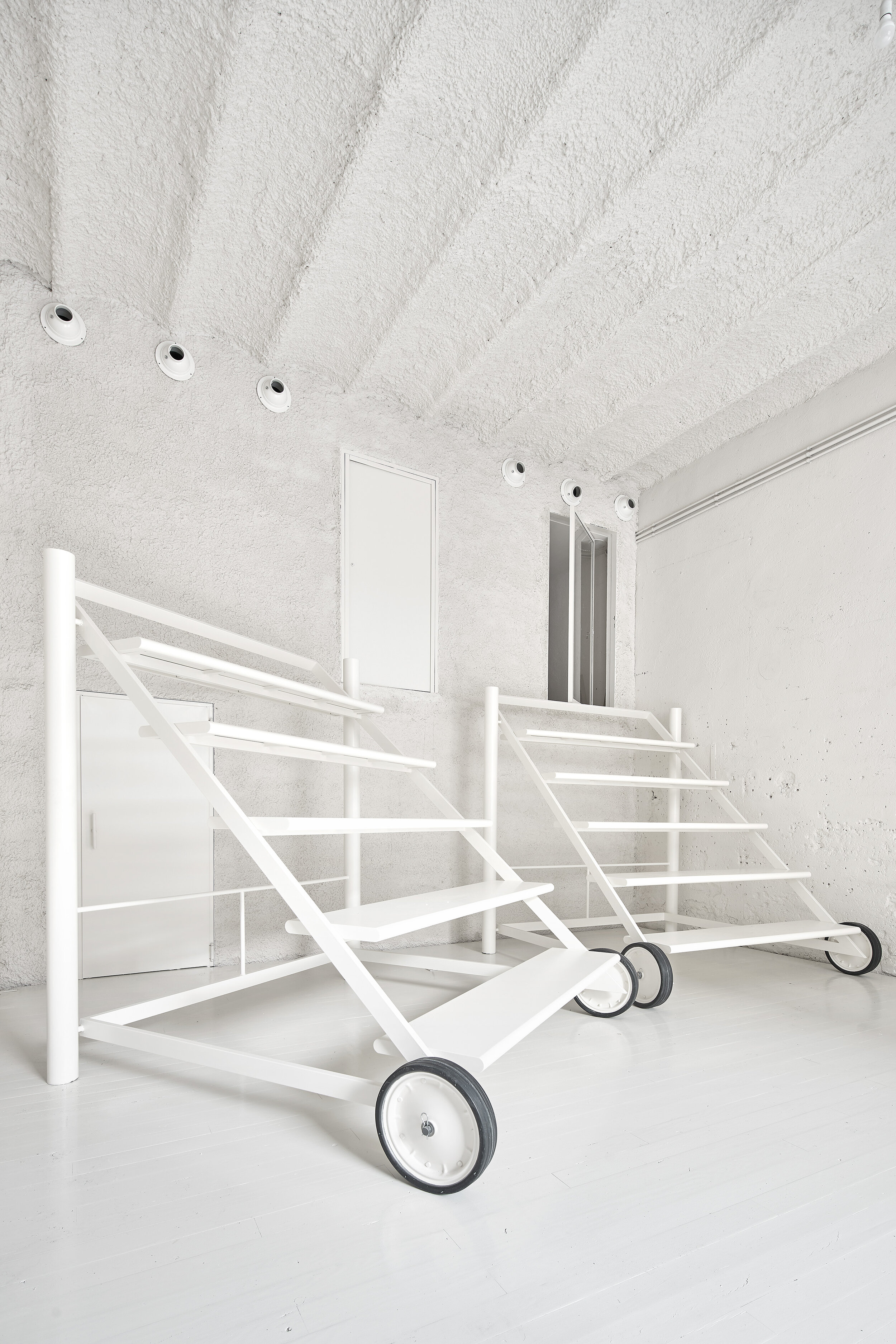Annie Fajardo From Folch Studio Talks Acid House, Barcelona’s Hottest Creative Hub
Barcelona, January 2020. Transmedia and branding agency Folch Studio inaugurates Acid House, a cultural and creative Hub for business innovation in the heart of Poblenou, the city’s creative and tech nucleus. Fast-forward through a global pandemic, it’s July and we had the chance to sit with Annie Fajardo, Social Editor and Curator and Folch Studio and Acid House, to talk about building Acid House, the typeface developed by Folch Studio and the future of creative collaboration locally and internationally.
Photos by José Hevia
D: First of all congratulations on launching the space! This definitely looks like an exciting new step both for Folch and the hub, but also for Poblenou.
A: Yes! Folch was previously also located in Poblenou and it is a really interesting area for business and innovation, that’s why we wanted to stay here. If you look around the neighbourhood you can find many agencies, creative hubs, innovative coffee shops. For the activities that we do here - initiatives promoting creative people around the neighbourhood like the Thursday Pill - it’s been a very nourishing space.
D: Could you walk me through the process of “building” Acid House? What led to the idea and what was the process of making it a reality?
A: As an agency, the idea was to start developing other types of products that were not directly linked to the studio. We wanted to explore and produce education, business, technology, design and culture through an innovative project that was bigger than the agency itself. That’s when Rafa Martinez (COO & Head of Brand Strategy) and Albert Folch (Creative Director & Founder) decided to create this hub to bring everything together and develop collaborations. As far as the space is concerned, when Arquitectura-G, our architects, started remodelling the space they came up with the idea of creating The Square, a room dedicated to education. From there emerged the Window Gallery, which is a pop-up exhibition space (currently hosting Adidas), a Nomad cafeteria and also the offices of Off festival upstairs.
D: What does the House aspire to be in your opinion?
A: Acid House represents a new way of thinking, mixing three things together: business, education and creativity; All in one place. Normally you go to a different place for each of these three. Albert and Rafa have been teaching in Elisava for many years and they wanted to do it in a different, non-traditional way. Here we gathered the three together, building projects around that union.














